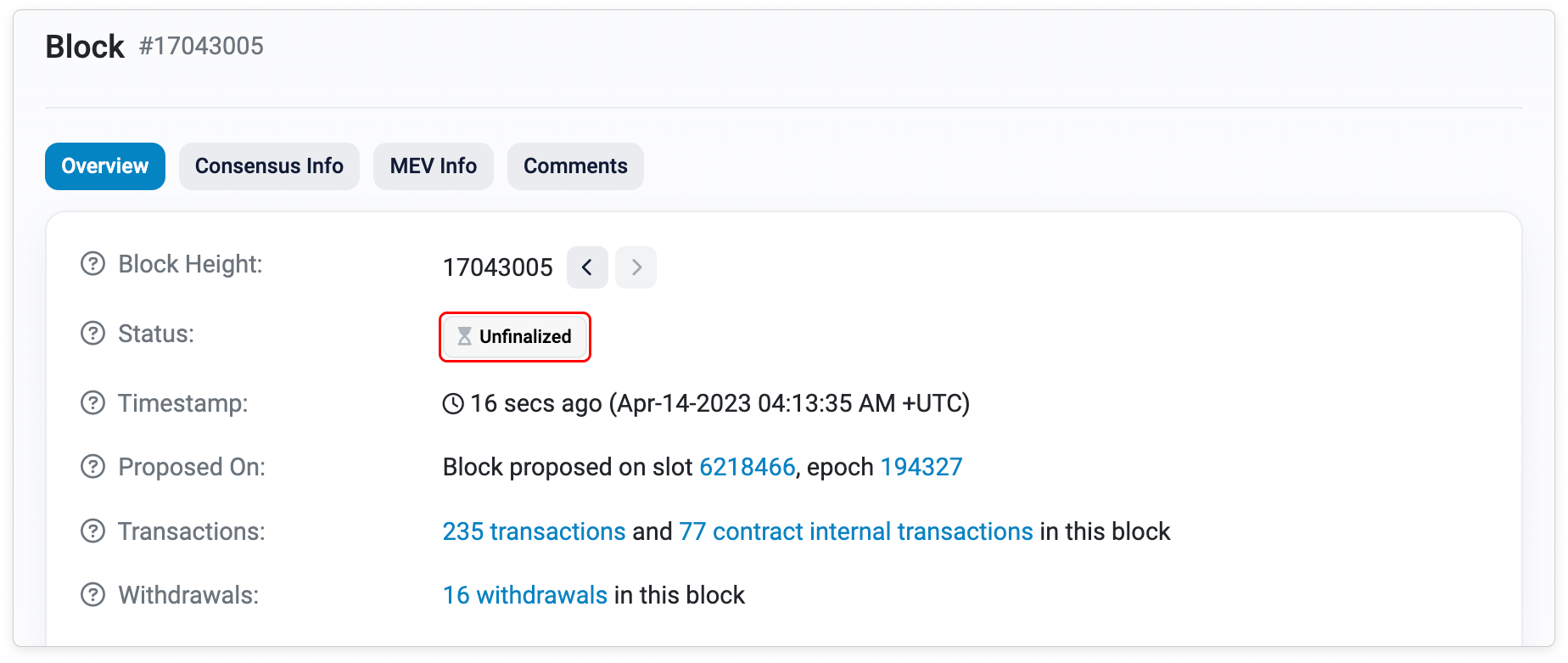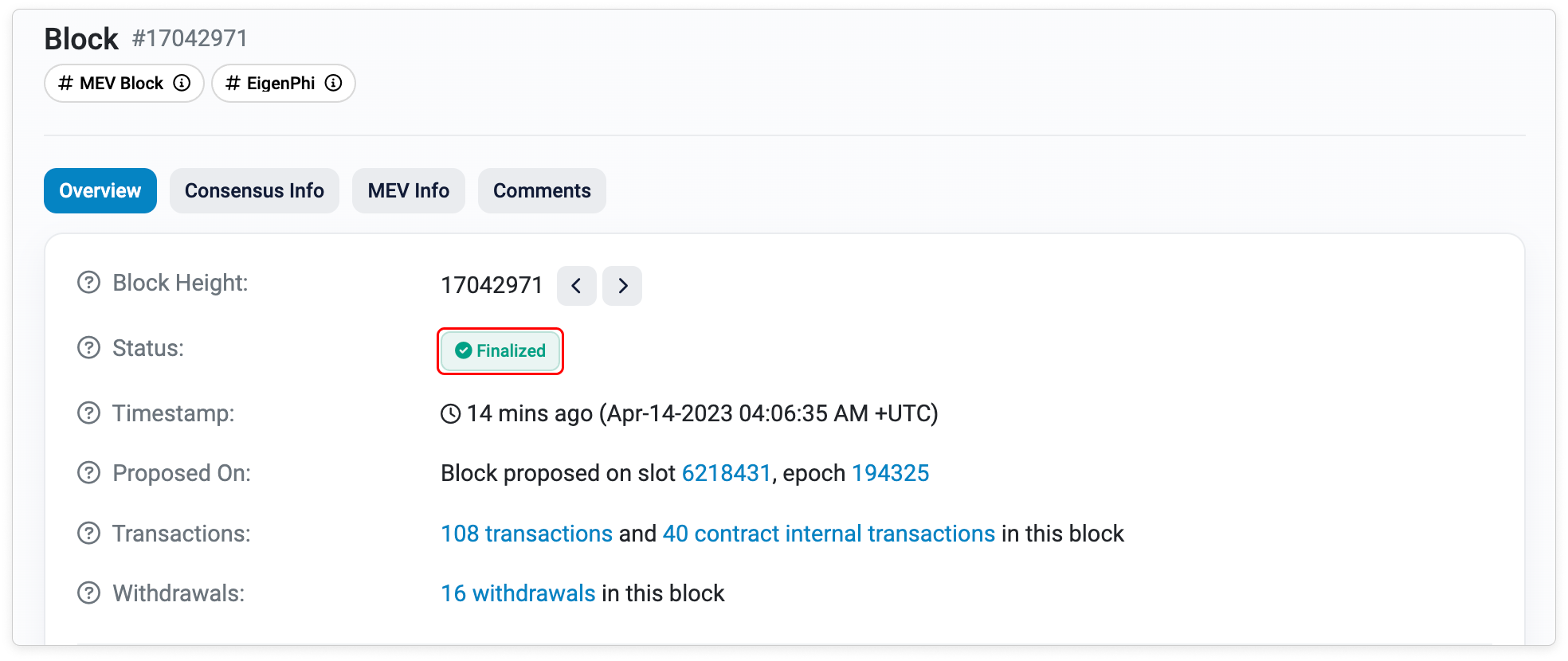In Ethereum, an epoch is a period of 32 slots where the validators propose and attest for blocks. The validators are reshuffled into committees at the start of each epoch for security purposes. Since the time allocated for each slot is 12 seconds, the whole epoch will spend approximately 6.4 minutes in total time.
Every blockchain has a different approach in determining epoch. Still, the meaning behind it is similar. Epochs can be considered calendars for blockchains. It makes the transactions manageable and the network faster and more efficient without sacrificing security.. Since the time frame is fixed, it is easier to keep up with the block timestamp in a time where the nodes went offline.
How does Epoch work?
For each epoch, the chain will randomize the validators committee–also ensuring that the validators are different for each Epoch session. The validators will attest to the validity of the blocks before being added to the blockchain. The status of the block or also known as commitment levels can be seen on the block page on Etherscan. The unfinalized, safe and finalized status are determined based on epochs.
Unfinalized
Unfinalized status refers to the most recent blocks that are yet to be built and attested by the validators. These blocks have the possibility to be reorganized.

Unfinalized (Safe)
Unfinalized (Safe) status refers to the block that has been validated by two-thirds of the validators set. While it is still unfinalized, the block has a low possibility of being reorganized.

Finalized
Finalized status refers to blocks that have been fully attested by the validators and are very unlikely to be reorganized
